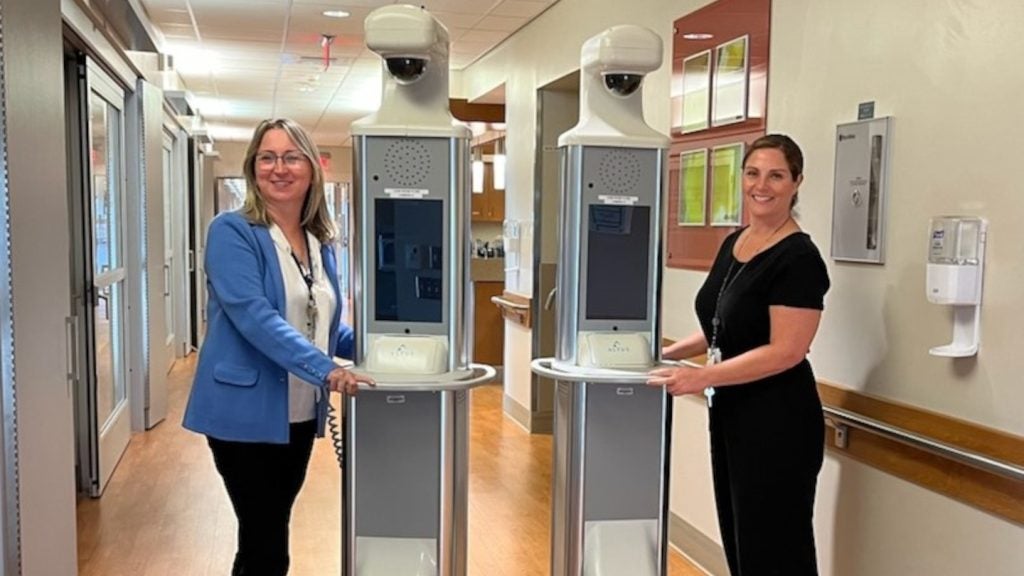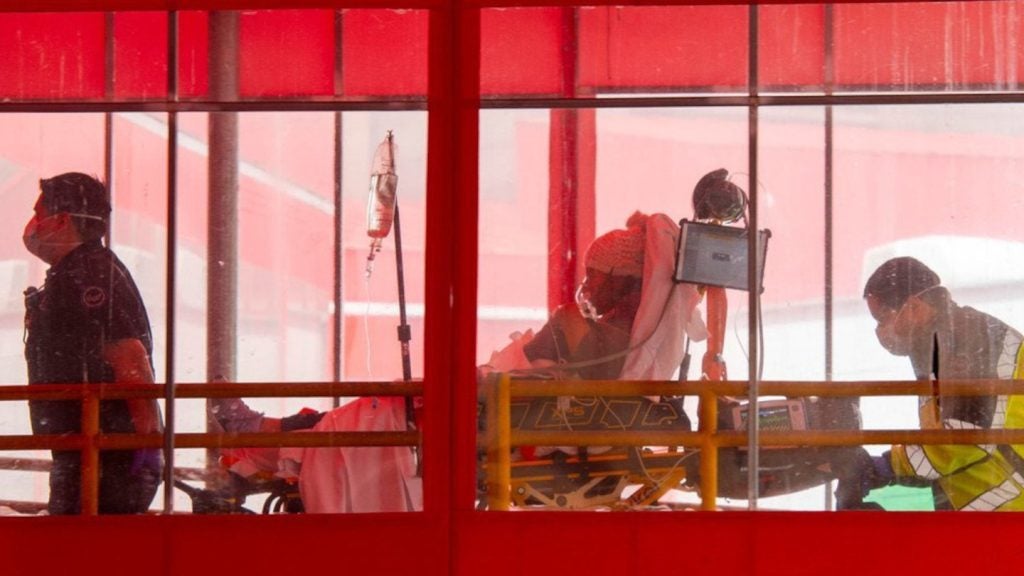University of Connecticut (UConn) John Dempsey Hospital has implemented Telesitter, an electronic video monitoring camera cart technology, to enhance patient safety and optimise staff resources.
This advanced system enables trained remote sitter staff to monitor patients' activities closely through a video monitoring system.
The Telesitting solution allows a single staff member to monitor up to eight patients simultaneously from a central location.
This technology also enables staff to communicate directly with patients and trigger necessary responses or alarms.
Highly trained monitor techs can document monitoring status and any interventions directly into the patient's electronic health record in EPIC.
UConn Health chief information officer Rick McCarthy said: “Telesitting technology is a major advancement bringing more support to our hospital staff which is a big win.
“This IT solution will enable UConn John Dempsey Hospital to redeploy staff for other operational needs and leverage centralised monitoring in a more modern and cost-effective way too.”
The initiative includes the deployment of 15 electronic video monitoring camera carts, which can be easily moved into any hospital room.
A thorough nursing assessment establishes the need for this technology, which is then deployed to improve individualised patient safety needs in consultation with a nursing supervisor.
UConn Health EPIC analyst Darcie Schwab and Information Technology project manager Jason Cardona operationalised the Telesitting programme.
UConn John Dempsey Hospital Nursing Operations associate director Anna Humennyj leads the operational deployment of this technology.
Anna Humennyj said: “This is an exciting opportunity to improve the quality of our patient’s wellbeing. Patient safety is our highest priority, and we can now monitor our patients in real-time and provide real-time interventions and feedback to the care team.”
An educational team developed workflows, policy, and educational plans for the initiative. Along with EPIC principal trainer Daniel Ozimek, they provided extensive training for the successful 5 November 2024 go-live.
Jason Cardona said: “Our early November go-live was a success, and I am happy to share that on day-one we were able to avoid two potential falls of patients that were getting out of the bed identified by the EVM techs who promptly triggered the stat alarm.
“Within seconds, a nurse rushed into the room and redirected the patient to prevent a negative outcome. It was great to see the impact this technology solution has on patient safety and the added value it brings to patient care.”













